
Category: sustainability

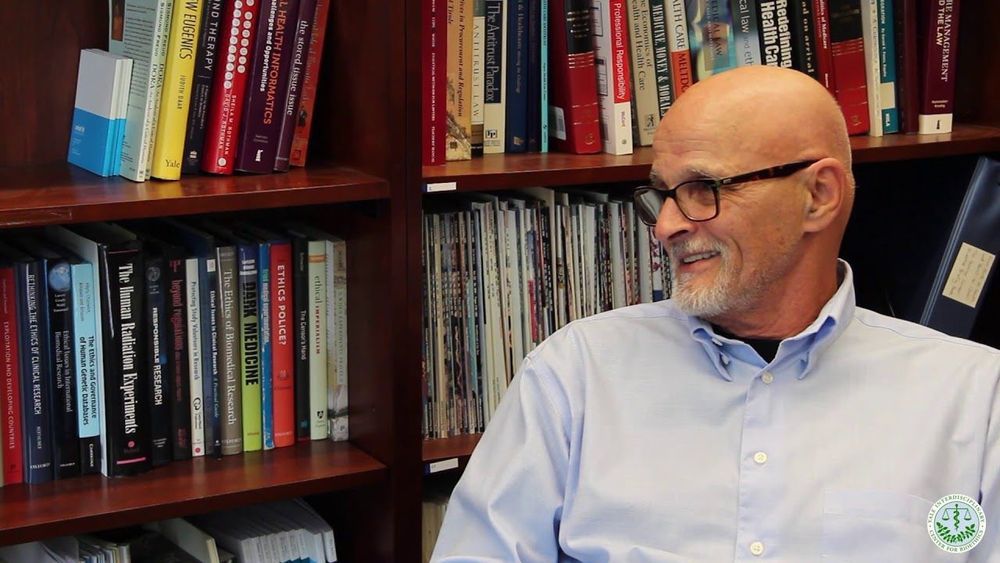
The 47th State Panacea or Perversion
We have the technology to potentially add a 47th chromosome, to compound as it were, a new human entity. The implications are enormously consequential.
C.S. Lewis warned about our final mastery over nature, and the inevitable drift into a future world where knowledge about the old world completely vanishes, where what once was, irretrievably transforms into something else:
… We do not look at trees either as Dryads or as beautiful objects while we cut them into beams: The first man who did so may have felt the price keenly, and the bleeding trees in Virgil and Spenser may be far-off echoes of that primeval sense of impiety … The great minds know very well that the object, so treated, is an artificial abstraction, that something of its reality has been lost.[1]
I say with confidence that I can’t swim the Pacific, but for a whale, it’s possible. Like whales, to the extent we can exploit the full measure of our form, we may insure the survival of those that follow in our wake.[2] But, what happens when “form” transforms a species, not in response to Darwinian adaptation, but by design? Does it improve its sustainability or work at cross purposes, perhaps creating another species?1 About 32,000 years ago, canines were probably the first animals altered by humans. Bully for us, we tamed the wolf. In some cases hybridization changes the number of chromosomes carried by the crossbreed. The mule for example has 63 versus 64 carried by the dam (female horse parent) and 62 carried by the sire (male donkey parent).2 The different structure and number renders mules superior to horses or donkeys in some respects, but brings with it infertility.

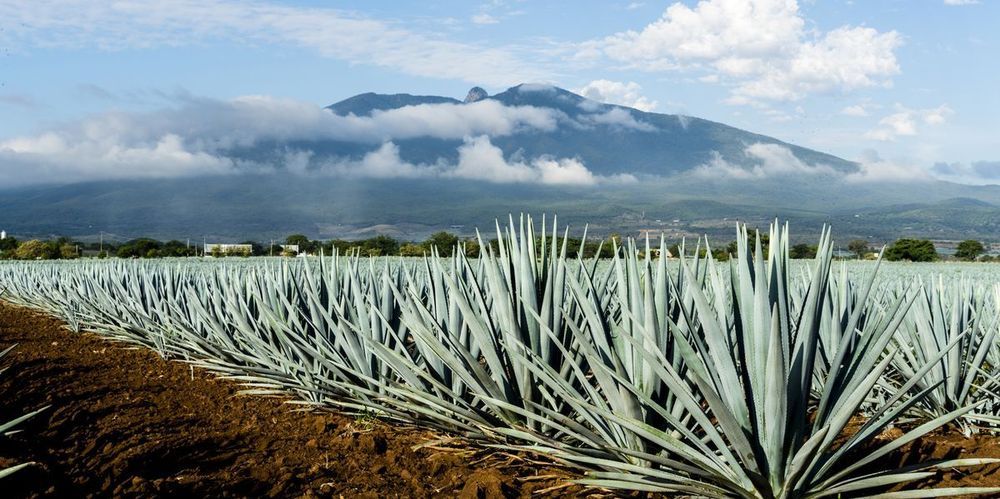

Ten Weeks to Crush the Curve
The President says we are at war with the coronavirus. It’s a war we should fight to win.
The economy is in the tank, and anywhere from thousands to more than a million American lives are in jeopardy. Most analyses of options and trade-offs assume that both the pandemic and the economic setback must play out over a period of many months for the pandemic and even longer for economic recovery. However, as the economists would say, there is a dominant option, one that simultaneously limits fatalities and gets the economy cranking again in a sustainable way.
That choice begins with a forceful, focused campaign to eradicate Covid-19 in the United States. The aim is not to flatten the curve; the goal is to crush the curve. China did this in Wuhan. We can do it across this country in 10 weeks.
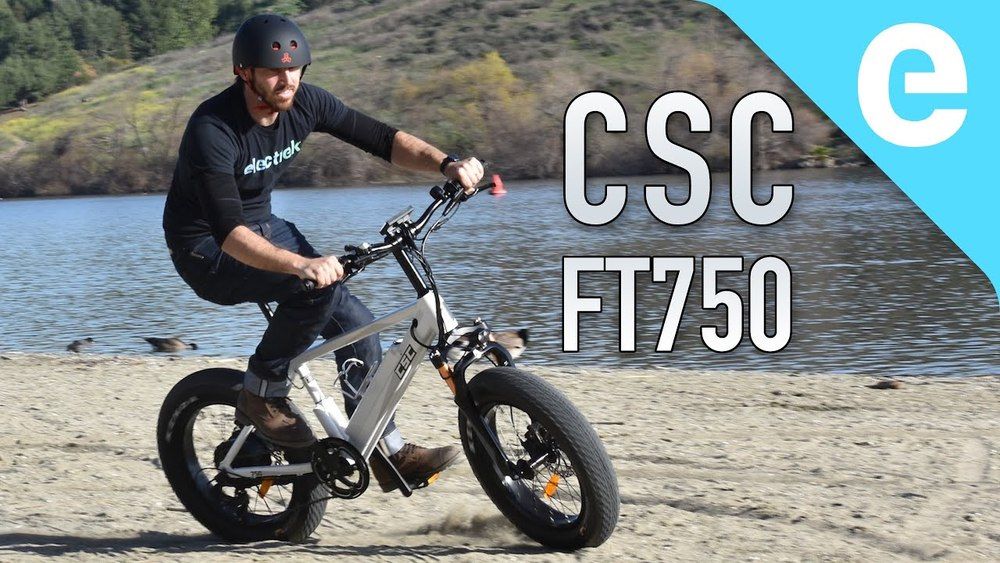
Tesla’s next killer app: solar power on its electric cars — starting with Cybertruck
Solar power on electric cars has yet to become a common feature, but Tesla is about to change that — starting with the Cybertruck electric pickup.
We’ve discussed solar roofs on electric vehicles before, most recently with the one on the latest Prius Prime, but the recurring problem is that they rarely generate enough power to be worth it.
For example, we estimated that the solar cells on the Prius Prime’s roof could generate enough power to add about 2 miles of range during the day. And of course, that’s highly dependent on where you are in the world and where you park your car.
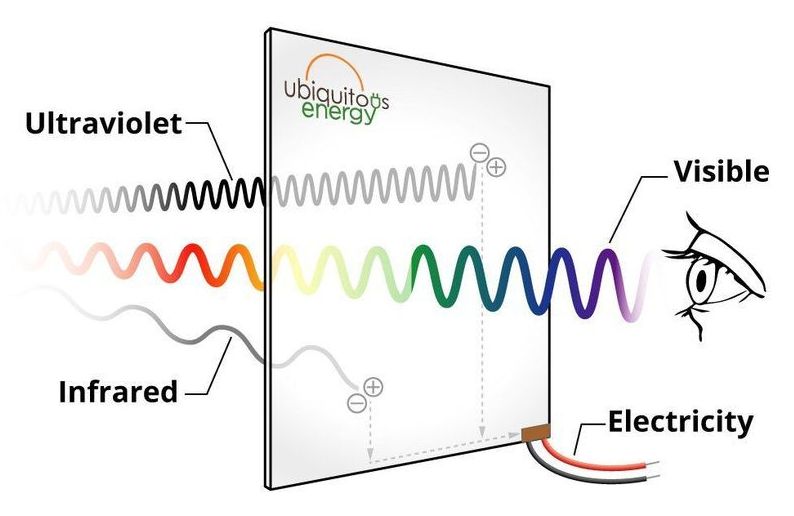
Sunny prospects for start-up’s clear solar energy windows
A Redwood City, California-based tech startup has developed a glass window packed with transparent photovoltaic cells that it believes will revolutionize the way solar energy is harnessed.
As companies around the world are increasingly working to expand and improve upon renewable energy resources, solar-energy based companies have been working to extract more energy from ever-smaller solar cells. Some resistance to the technology stemmed from the unsightly physical appearance of giant solar units placed on rooftops or vacant fields.
But Ubiquitous Energy Inc. has taken a different approach. Instead of joining competitors in trying to reduce the size of each solar cell, the company instead designed a solar panel of virtually clear glass that allows light to pass through unobstructed while tapping into the invisible ranges of the light spectrum.
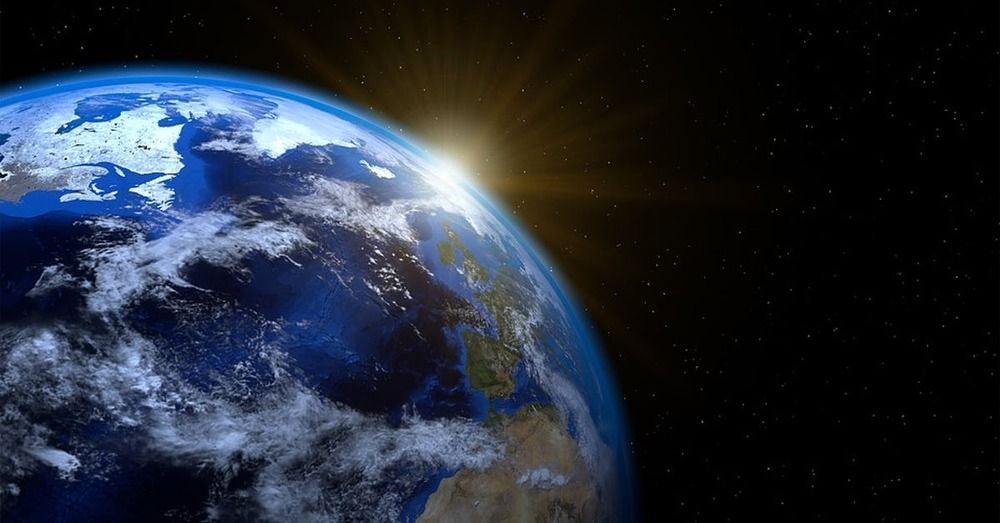
Electricity from the coldness of the universe
The obvious drawback of solar panels is that they require sunlight to generate electricity. Some have observed that for a device on Earth facing space, which has a frigid temperature, the chilling outflow of energy from the device can be harvested using the same kind of optoelectronic physics we have used to harness solar energy. New work, in a recent issue of Applied Physics Letters, from AIP Publishing, looks to provide a potential path to generating electricity like solar cells but that can power electronics at night. For more information see the IDTechEx report on Energy Harvesting Microwatt to Megawatt 2019–2029.
An international team of scientists has demonstrated for the first time that it is possible to generate a measurable amount of electricity in a diode directly from the coldness of the universe. The infrared semiconductor device faces the sky and uses the temperature difference between Earth and space to produce the electricity.
“The vastness of the universe is a thermodynamic resource,” said Shanhui Fan, an author on the paper. “In terms of optoelectronic physics, there is really this very beautiful symmetry between harvesting incoming radiation and harvesting outgoing radiation.”
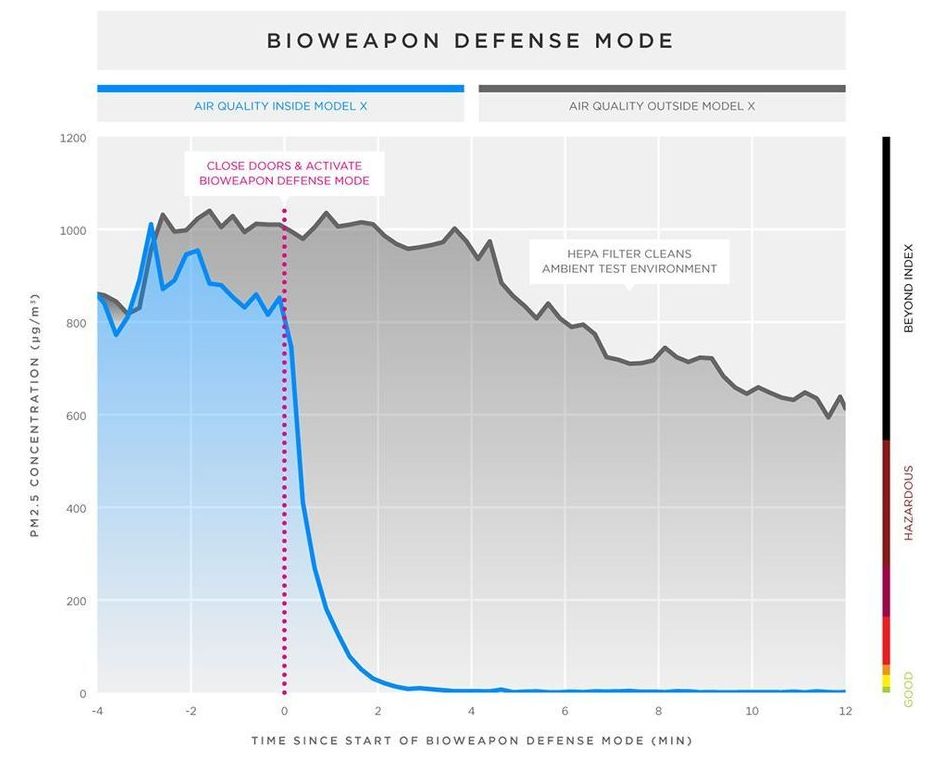
Putting the Tesla HEPA Filter and Bioweapon Defense Mode to the Test
Circa 2016
Air pollution has a significant and pervasive impact on public health. According to the World Health Organization, it is now considered “the world’s largest single environmental health risk,” with more than three million people dying every year as a result. This is more than twice the number of people that die in vehicle accidents each year.
Health and safety are important to us. Just as we’ve designed Model S and Model X to avoid collisions or protect their occupants when one happens, we felt compelled to protect them against the statistically more relevant hazard of air pollution*. Inspired by the air filtration systems used in hospitals, clean rooms, and the space industry, we developed a HEPA filtration system capable of stripping the outside air of pollen, bacteria, and pollution before they enter the cabin and systematically scrubbing the air inside the cabin to eliminate any trace of these particles. The end result is a filtration system hundreds of times more efficient than standard automotive filters, capable of providing the driver and her passengers with the best possible cabin air quality no matter what is happening in the environment around them.
The air filtration system was put to the test in real-world environments from California freeways during rush hour, to smelly marshes, landfills, and cow pastures in the central valley of California, to major cities in China. We wanted to ensure that it captured fine particulate matter and gaseous pollutants, as well as bacteria, viruses, pollen and mold spores.

For His Next Trick, Elon Musk Will Revolutionize HVAC Systems
Because running Tesla and SpaceX and building a new Starship every 72 hours so he can colonize Mars isn’t enough, now Elon Musk would really love to build an efficient and quiet HVAC system for home use, according to Inverse. It could even piggyback the existing work Tesla has done to make heaters for its newest vehicle, the Model Y.
The first few Tesla vehicles used an electric cabin heater to replace a traditional fuel vehicle’s reliance on internal combustion engine heat. Trying to find the right kind of heater has been challenging at times for Tesla, which was faced with reinventing the wheel, so to speak. Before now, engines made the heat as a secondary effect of combustion.